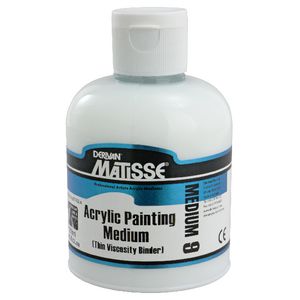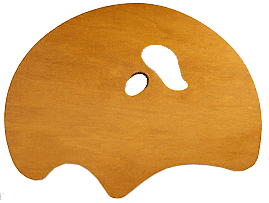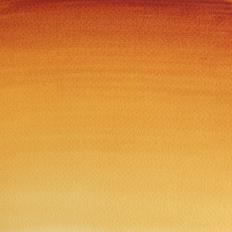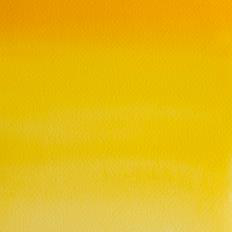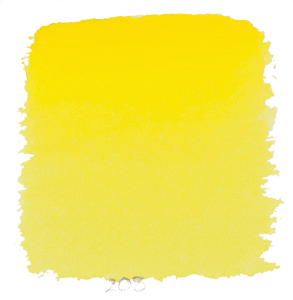Description
"No one knows exactly when Burnt Sienna pigment was first made. All that is certain is that it happened in Italy and was well established by the Renaissance. Although we tend to think of earth colours as being very ancient in origin that is only true of the basic yellow, red, and brown oxides and the burnt earths are more recent and only became the standard colours that we know and love during the last 500 or so years. The Raw Sienna deposits which were used to make Burnt Sienna were used from Roman times as a sort of ??lower quality?? yellow and were used in relatively small quantities but the popularity of Burnt Sienna caused escalating demands on the available supply and in the 1940???s they were finally depleted and from then the principal sources of the colour have been the island of Sardinia, Sicily, and the US. Around 80% of Raw Sienna mined is intended for Burnt Sienna production.
To make the burnt Sienna colour, Raw Sienna is slowly roasted in kilns. The iron oxide in the Raw Sienna is in the form of a hydroxide and the roasting process drives the water from the molecular structure until only oxides remain. The production of the pigment is an art as much as a science. By varying the temperature and time in the ovens the skilled pigment maker is able to make a wide ranges of colours from the light orange colours of so-called half-burnt Sienna to the rich reddish to reddish-orange browns of the true Burnt Sienna colour that artists prefer. The temperatures are not as hugely high. Raw Sienna will start to have noticeable change after a few minutes at 200 degrees In the case of Matisse Burnt Sienna the colour has a fiery undertone that is extraordinarily beautiful. This fire comes from the addition of a small amount of Transparent Red Oxide to the colour at the point of manufacture.
The colour has been popular in all traditional techniques since it was first made. Artists found it was the ideal brown for working with the warmth of skin tones and so it became part of the standard palette for both portrait and figure painting. Meanwhile landscape artists were finding it was a perfect colour for making all manner of browns and dark earthy greens. In recent years it has faced competition for the first time in the form of Transparent Red Oxide but most artists have discovered that while the two colours share some similarities, they also have complimentary strengths and differences and can happily live side by side in the paintbox.
Burnt Sienna is a great starting point for making warm mid browns. It is more brown and a little more like a dark orange than Red Oxide. This is very apparent in tints with Titanium White. Burnt Sienna is often just the right colour to work with the warm colours in hair, especially reddish hair. Burnt Sienna works well with all transparent red colours. Mixed with Primary Red for example it has a rich leathery mass tone while the undertone glows with fiery reds. As much as these colours are beautiful, the biggest use of Burnt Sienna is more in smaller portions of mixtures making small adjustments here and there such as to a green to make it a little softer and more natural, to flesh colours to make them a little warmer or more brown and to all manner of earth colours when painting landscape. Its popularity remains undiminished after hundreds of years due to this ability to be a general work horse on the palette.
"

